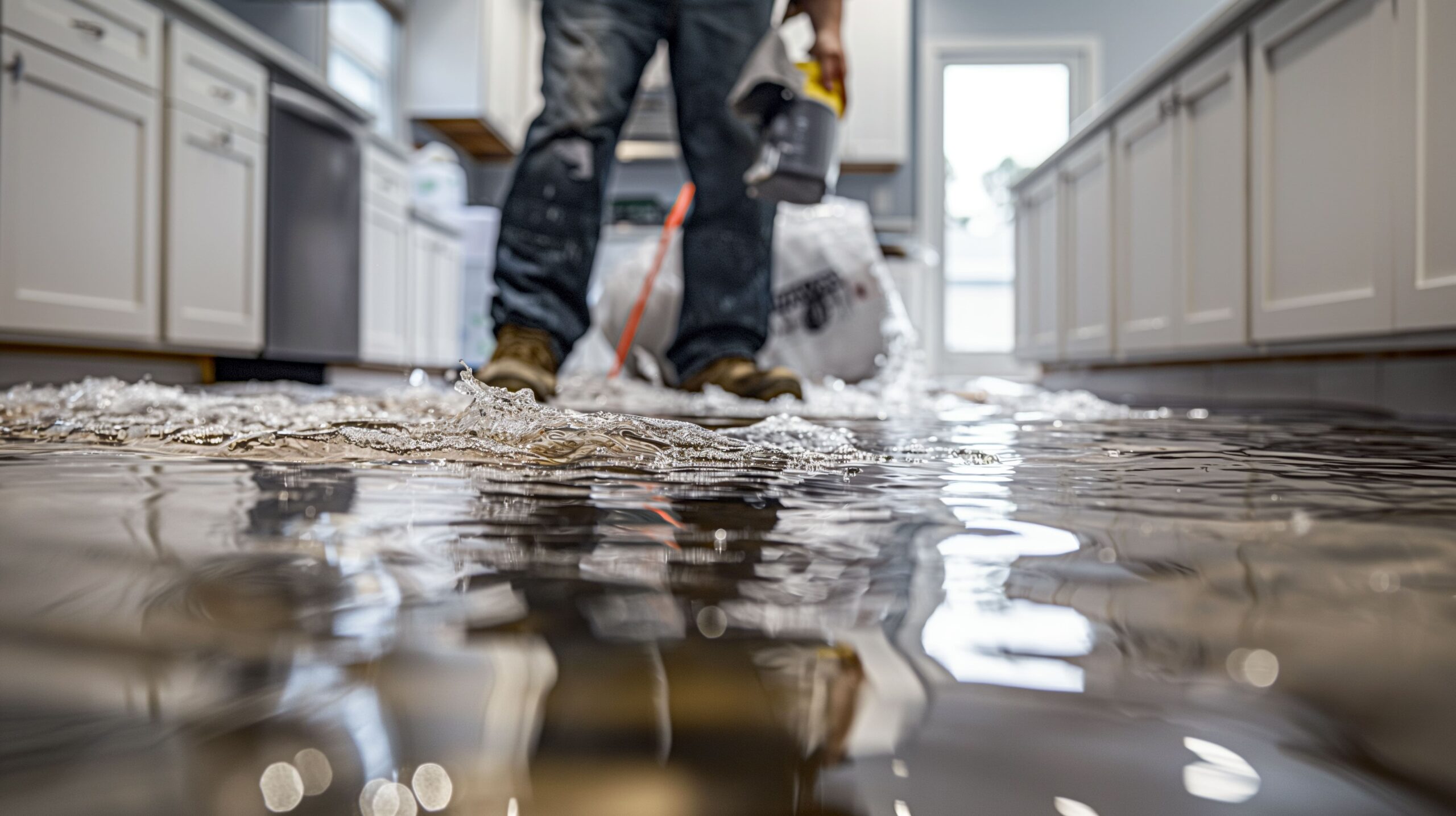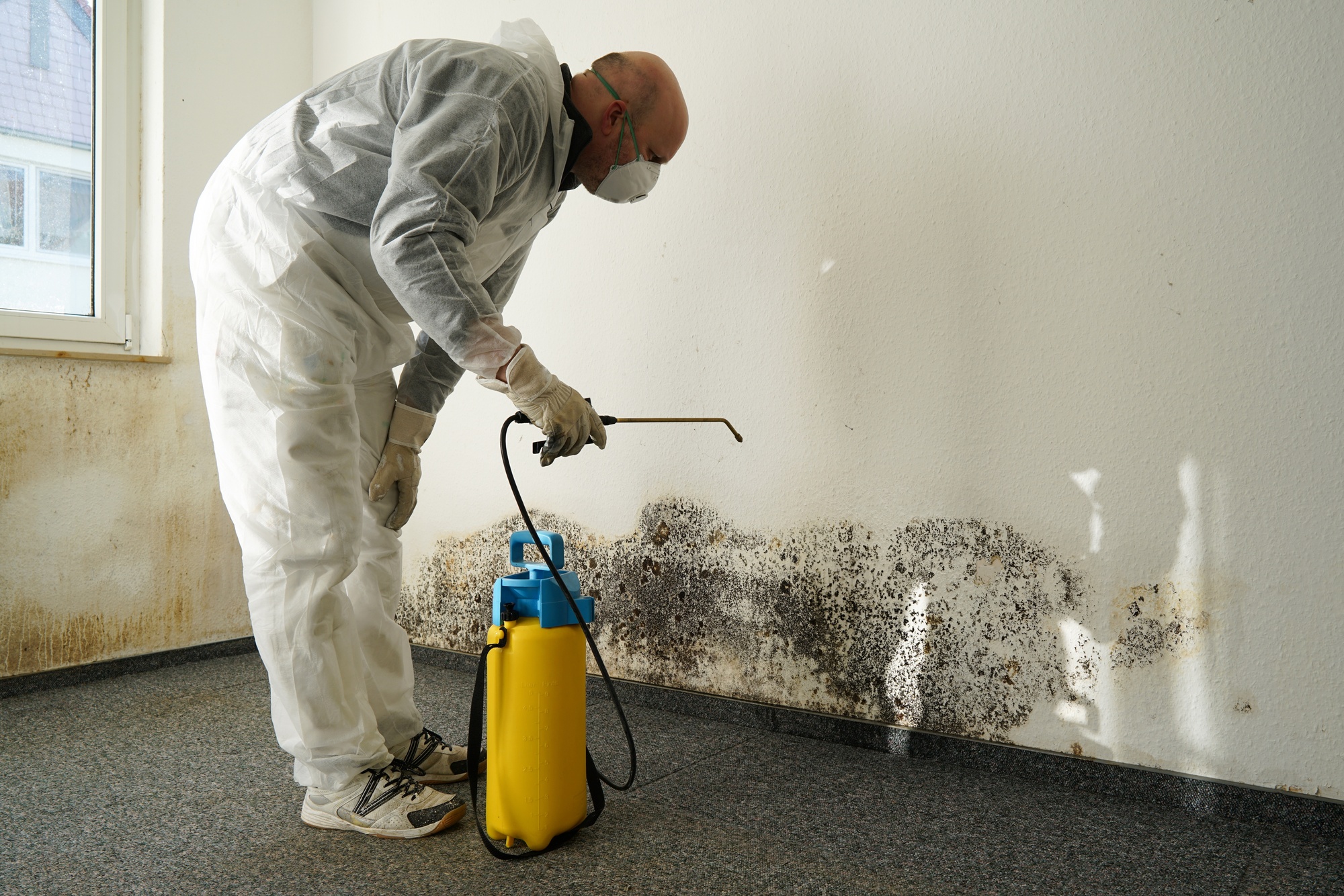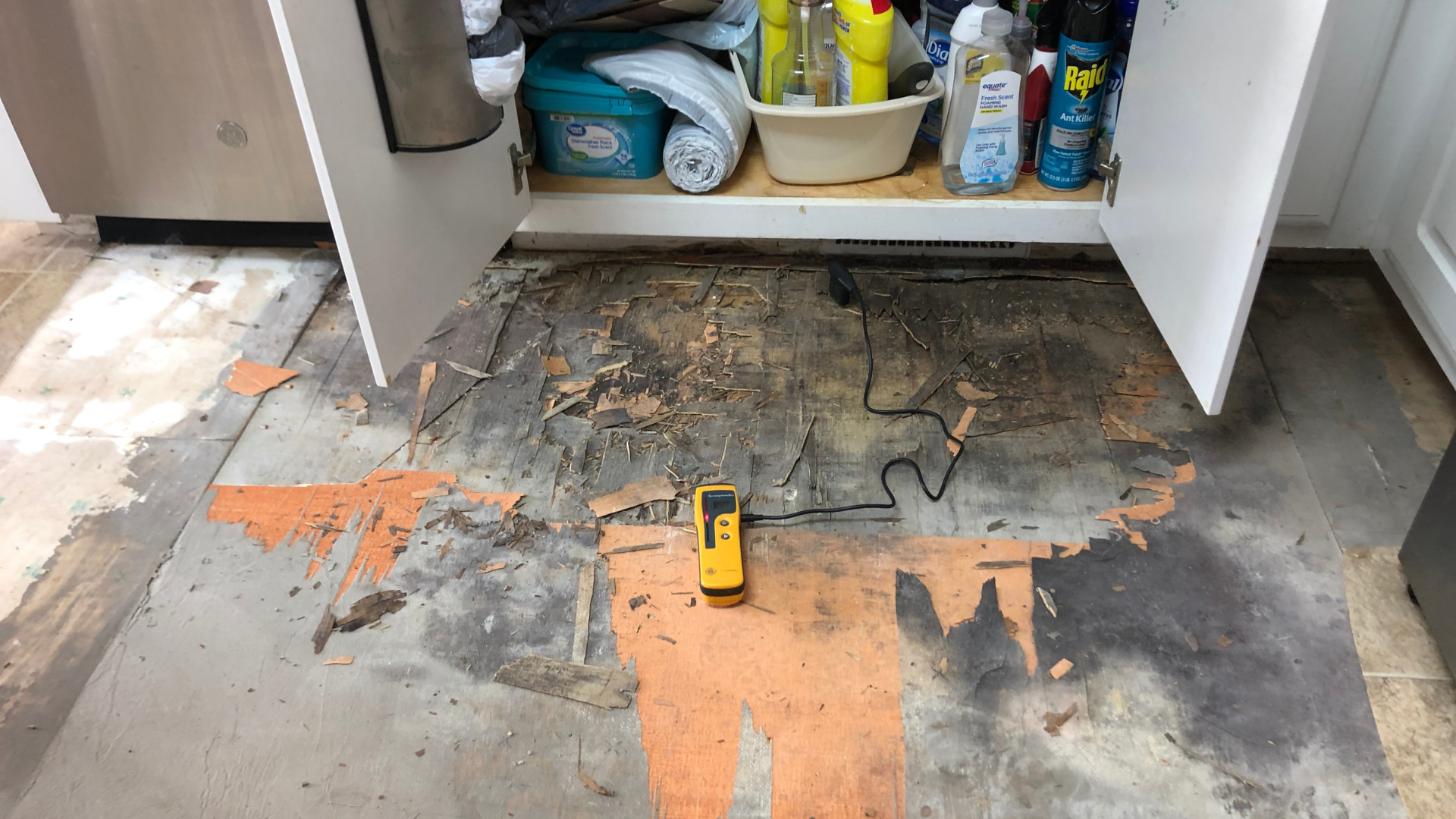Water Damage Restoration 101: Understanding the Process and Cost
Water damage can strike unexpectedly, leaving property owners in a state of confusion. Understanding the restoration process is crucial for effective recovery. From examining the damage to choosing the best company, each action influences the general result and expense. Elements such as the sort of water damage and necessity also play a significant role. What are the details methods utilized in reconstruction, and how can one prepare for possible expenditures?
Kinds Of Water Damage
Water damage can arise from different sources, each providing special challenges for reconstruction. The 3 key sorts of water damage are categorized based upon contamination levels: clean water, gray water, and black water. Tidy water stems from resources like damaged pipes or rainwater, posing marginal health and wellness risks. Gray water, that includes wastewater from sinks or washing equipments, has pollutants that might create pain or illness if consumed. Black water, the most dangerous group, comes from sewage or floodwaters, including harmful germs and microorganisms. Each type requires specific restoration methods and safety and security actions to efficiently deal with the damage and reduce health and wellness dangers. Understanding these differences is crucial for homeowners and experts associated with the water damage reconstruction procedure.
Initial Assessment and Inspection
A comprehensive initial analysis and evaluation are crucial action in the water damage restoration process. This stage starts with a professional assessing the extent of the damage, identifying the source of the water intrusion, and figuring out the sort of water involved - Flood Cleanup Services. Specialists make use of specific tools to gauge dampness levels in different products, such as walls, floorings, and furniture. Furthermore, they analyze architectural honesty and potential carcinogen, consisting of mold development. The findings from this examination notify the repair strategy, directing essential actions and source allocation. Accurate documents of the damage is important for insurance claims and future referral. Overall, this initial assessment prepares for efficient remediation, making sure a detailed reaction to the particular situation handy

Water Removal Techniques
Adhering to the first assessment, reliable water extraction techniques are utilized to reduce damage and avoid more problems. These strategies include using customized devices such as submersible pumps and industrial-grade vacuum cleaners. The selection of method depends upon the volume of water existing and the kind of products impacted. For standing water, submersible pumps are usually made use of for rapid elimination, while vacuums are ideal for drawing out water from carpets and furniture. Additionally, advanced techniques like water removal mats may be employed for hard-to-reach locations. The objective is to eliminate as much water as feasible, minimizing the potential for mold and mildew growth and structural damage. Trigger and effective water removal is necessary in the overall water damage restoration process.
Drying Out and Dehumidification Process
As soon as the water removal is full, the drying out and dehumidification process ends up being crucial to bring back the afflicted area. This stage commonly uses industrial-grade dehumidifiers and air moving companies to efficiently reduce wetness degrees. The dehumidifiers attract damp air, removing excess moisture, while air moving companies flow air to accelerate evaporation. Tracking equipment is frequently used to track humidity and temperature degrees, guaranteeing ideal drying problems. The period of this process can differ depending upon the degree of the water damage and environmental factors. It is vital to thoroughly dry all affected materials, consisting of walls, flooring, and furnishings, to avoid mold and mildew growth and structural damage. Correct execution of this step is vital for a successful remediation end result.
Cleaning Up and Disinfecting Affected Locations

Initial Analysis and Examination
Before beginning any type of restoration initiatives, a detailed preliminary assessment and evaluation of the affected locations are essential for efficient cleaning and disinfecting. This procedure involves recognizing the extent of water damage, determining the resource of the water breach, and examining the materials impacted. Inspectors typically try to find indications of mold development, architectural honesty concerns, and damaged belongings. The evaluation additionally includes inspecting wetness degrees using specific tools to ensure no concealed water pockets remain, as these can bring about additional problems. Documenting the findings is important for intending the next actions in the restoration procedure. A detailed initial evaluation enables remediation experts to create a targeted technique for reliable cleansing and sterilizing, inevitably minimizing damage and health and wellness dangers.
Cleaning Methods and Products
Effective cleansing and sanitizing of water-damaged locations call for a variety of techniques and products customized to the particular materials impacted. For porous surface areas like drywall and carpeting, removal approaches are important to remove excess wetness, complied with by deep cleansing with specialized detergents. Non-porous products such as ceramic tile or metal can be cleansed utilizing commercial-grade cleaners that properly remove contaminants. Vapor cleansing is one more effective technique, particularly for carpetings and upholstery, as it uses heats to remove microorganisms and mold. In addition, green items are progressively preferred for their security these details and efficacy. Eventually, selecting the ideal cleaning approaches and products not only guarantees instant sanitation however likewise aids in protecting against additional damage and wellness threats connected with water invasion.
Sanitization and Disinfection Methods
When resolving water damage, correct sanitization and sanitation approaches are essential to assure the security and health and wellness of the damaged environment. After preliminary cleaning, surface areas need to be treated with appropriate disinfectants to get rid of virus, mold and mildew, and microorganisms that prosper in wet conditions. Usual approaches consist of using EPA-approved chemical disinfectants, which can be applied with splashing or wiping techniques. Additionally, ultraviolet (UV) light systems can properly sanitize areas by neutralizing microbes without harsh chemicals. The choice of technique often relies on the sort of products impacted and the extent of contamination. Ultimately, complete sanitization not only recovers a risk-free living area yet additionally aids avoid future health and wellness risks connected with remaining dampness and mold growth.

Repair Work and Restoration Options

Factors Affecting Restoration Expenses
The degree of water damage straight affects the repair sets you back homeowners can expect to incur. Factors such as the resource of the water, the period of exposure, and the afflicted products significantly affect pricing. As an example, clean water damage from a damaged pipeline is usually less pricey to recover compared to damage created by sewer. In addition, the level of contamination dictates the demand for specialized cleansing and disposal services, better enhancing costs. Geographical area also contributes, as local labor rates and availability of repair solutions can vary. The necessity of the response influences prices; quicker interventions typically lead to reduce general expenses by preventing more damage. Understanding these variables is crucial for property owners when estimating reconstruction costs
The 3 key types of water damage are classified based on contamination levels: tidy water, grey water, and black water. An extensive initial assessment and examination are crucial actions in the water damage repair procedure. For standing water, submersible pumps are typically utilized for rapid elimination, while vacuums are suitable for removing water from rugs and upholstery. The level of water damage straight impacts the restoration costs homeowners can expect to sustain. Clean water damage from a damaged pipe is normally less costly to recover contrasted to damage caused by sewer.